Importance of First Aid Preparedness
The significance of being prepared
First aid kit wall mount solutions transform panic into calm the moment an accident strikes. Picture this: you hear the thud of a fall, spin toward the sound, and your heart races—until your eyes lock onto a bright white cabinet fixed at eye level. One smooth swing of the door reveals neatly organized bandages, wipes, and meds, and suddenly chaos shrinks to a manageable moment of care. That immediate, visible access taps our brain’s need for control, making everyone from toddlers to top execs feel instantly safer.
Being prepared for emergencies is not just a matter of safety; it’s a peace of mind that enables you to react swiftly when it matters most. Imagine a family picnic where a child falls and scrapes their knee. With a well-equipped first aid kit at hand, immediate attention can transform a potentially traumatic experience into a simple fix.
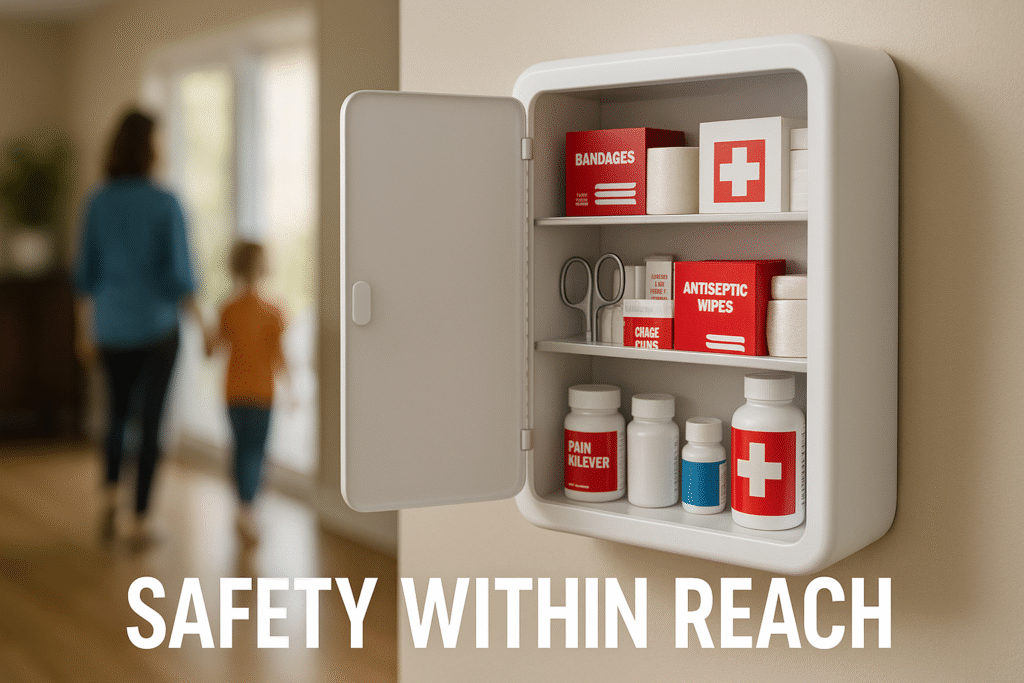
Preparation helps in reducing panic and ensuring a timely response. Here’s why it’s significant:
- Confidence: Knowing how to respond empowers individuals.
- Safety: Quick intervention can prevent situations from worsening.
- Community Support: Prepared individuals can assist others in need.
Common situations requiring first aid
Everyday activities can lead to unexpected situations requiring first aid. Some common scenarios include:
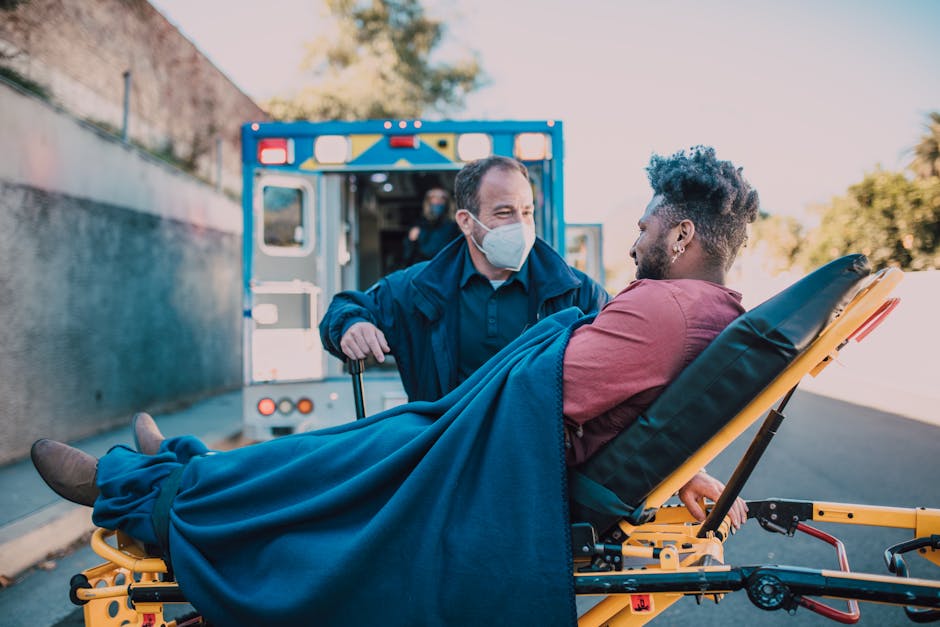
- Minor Cuts and Scrapes: Often occur during cooking or sports.
- Burns: Resulting from kitchen accidents or sun exposure.
- Allergic Reactions: Reactions to food or insect stings.
- Choking: Could happen during mealtime, particularly with children.
Being aware of these possibilities and having an accessible first aid kit on hand can make all the difference.
Essential First Aid Kit Items
Bandages, wound dressings, and adhesives
Having a well-stocked first aid kit is vital in emergencies. Among the essential items, bandages, wound dressings, and adhesives play a crucial role. Picture this: your child takes a tumble at the park and scrapes their knee. The first aid kit should include:
- Adhesive Bandages: Perfect for small cuts and abrasions.
- Gauze Pads: Used for more significant wounds to absorb blood and protect the area.
- Medical Tape: Keeps gauze in place, ensuring it doesn’t shift or fall off.
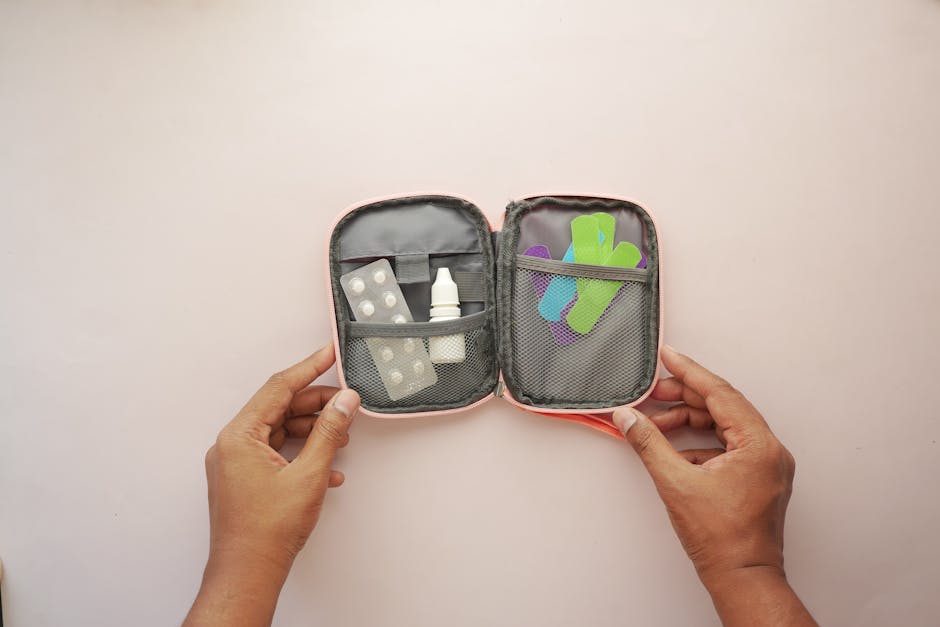
Medications and ointments
Another key component of your kit includes medications and ointments to treat minor ailments and injuries. Consider adding:
- Antiseptic Wipes: To clean cuts and minimize infection risk.
- Hydrocortisone Cream: Great for reducing inflammation from insect bites.
- Pain Relievers: Such as ibuprofen or acetaminophen for headaches or minor injuries.
Together, these essentials prepare you to handle a variety of common situations effectively.
Portable Solutions for First Aid
Compact first aid kits
In an unpredictable world, having portable solutions for first aid is a game changer. Compact first aid kits are specially designed for convenience without sacrificing essential items. Imagine heading out for a family outing or camping trip; a small, lightweight kit can easily fit into a backpack or glove compartment. Key features to look for include:
- Zippered Pouches: Keep items organized and easily accessible.
- Variety of Bandages: Different sizes for various injuries.
- Emergency Instructions: Quick reference for common issues.
Travel-friendly medical supplies
When traveling, having travel-friendly medical supplies can save the day. Whether it’s a road trip or an overseas adventure, consider these essentials:
- Individual Packets: Like antiseptic wipes and single-dose medications for easy use.
- Portable Ice Packs: Ideal for reducing swelling from sprains or bumps.
- Medication Organizer: Keeps daily medications in check during your travels.
These portable solutions ensure you and your loved ones are safe and ready to tackle any minor mishaps on the go!
First Aid Strategies for Specific Situations
CPR and choking emergencies
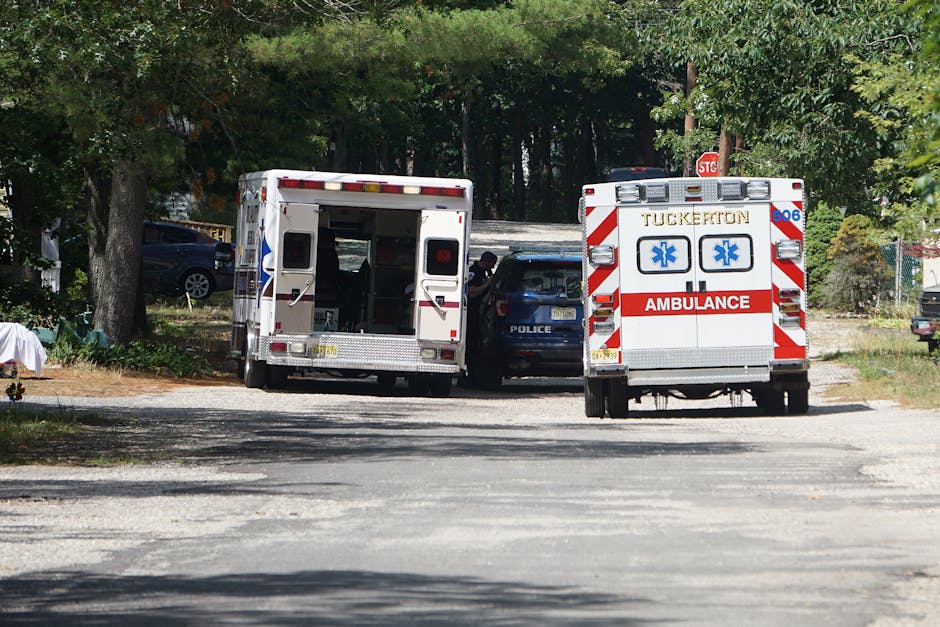
Understanding first aid strategies for critical situations like CPR and choking emergencies can save lives. If you ever witness someone collapse, quickly assess them for breathing; if they aren’t breathing, start CPR immediately. Here’s what to remember:
- Call for Help: Always alert emergency services first.
- Perform Chest Compressions: Push hard and fast in the center of the chest.
- Use Rescue Breaths: If trained, give two breaths after every 30 compressions.
For choking, back blows and abdominal thrusts can dislodge an obstruction. Make sure to Stay Calm—your composure can influence the situation positively.
Handling burns and cuts
Burns and cuts are common but can be distressing. Quick action can minimize damage and alleviate pain. For burns:
- Cool the Burn: Run cool (not cold) water over the area for about 10-20 minutes.
- Cover the Area: Use a sterile, non-stick bandage to protect the skin.
For cuts, apply direct pressure to stop bleeding and clean the wound with antiseptic wipes. Always keep a first aid kit handy to manage these mishaps effectively!
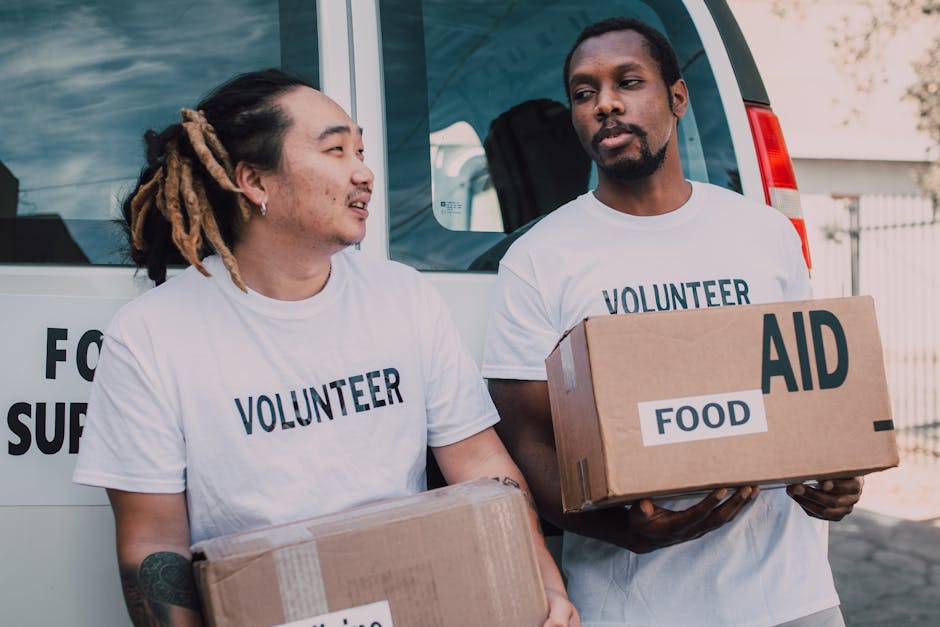
First Aid Tips for Outdoor Activities
Dealing with insect bites and stings
Outdoor activities are a wonderful way to connect with nature, but they often come with the risk of insect bites and stings. If you’re out on a hike and feel that familiar sting, here’s how to handle it:
- Stay Calm: Panic can exacerbate the reaction.
- Remove the Stinger: For bee stings, gently scrape the skin to extract the stinger.
- Apply Ice Packs: This can help reduce swelling and soothe pain.
I remember a camping trip where my friend got stung by a wasp; quick action really diffused the situation!
Sunburn and heat-related illnesses
Equally important are sunburn and heat-related illnesses, especially during hot, sunny outings. To avoid these issues:
- Wear Sunscreen: Apply a broad-spectrum sunscreen before heading out.
- Stay Hydrated: Drink plenty of water to keep cool and avoid dehydration.
- Know the Signs: Recognize symptoms like dizziness or headache, indicating heat exhaustion.
Taking these steps ensures your adventures remain enjoyable and safe!
First Aid on-the-Go for Families and Children
Child-friendly first aid supplies
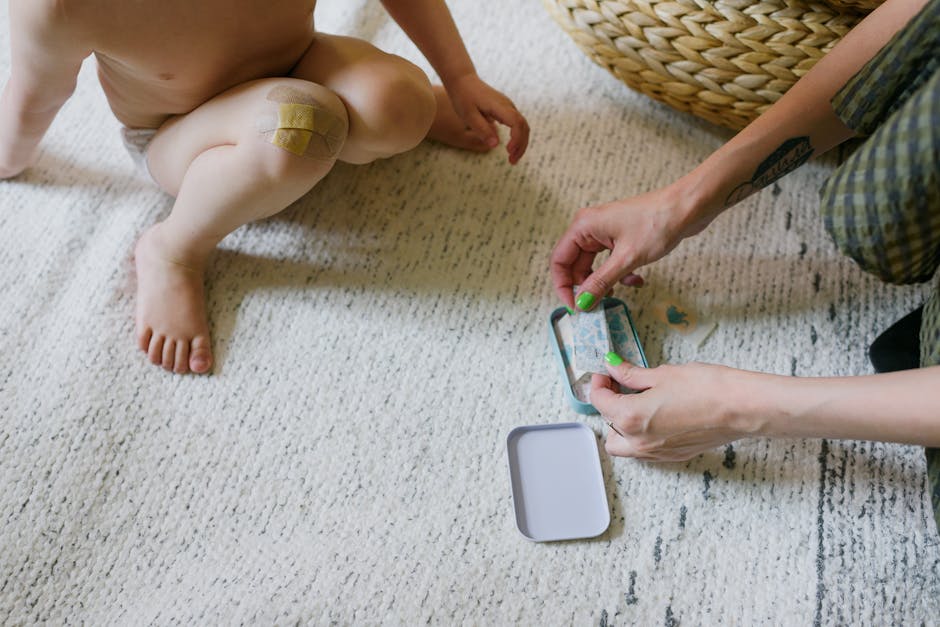
When it comes to families and children, having child-friendly first aid supplies is essential for quick responses to minor injuries. Imagine a day at the park, where kids are running around, and someone takes a tumble. A well-stocked kit should include:
- Colorful Bandages: Fun designs can ease a child’s fear.
- Gentle Antiseptic Wipes: To clean wounds without stinging.
- Kiddie Pain Relievers: Like liquid acetaminophen, tailored for little ones.
It’s comforting for parents to be prepared!
Addressing common childhood injuries
Common childhood injuries often arise during play. For cuts and scrapes, clean the area gently and apply a bandage. For bumps or bruises, ice packs can soothe swelling and discomfort. Education is key—teaching children to communicate their injuries can empower them. Always remember that a thoughtful first aid approach can transform a tearful mishap into a learning experience!
First Aid for Travelers and Remote Locations
First aid essentials for travel
Traveling, whether it’s hiking in the mountains or exploring a foreign city, makes having first aid essentials critical. Picture this: you’re enjoying a beautiful hike when someone twists an ankle. Having a well-stocked travel first aid kit can make all the difference. Essential items include:
- Adhesive Bandages: For blisters and small cuts.
- Antiseptic Cream: To prevent infections.
- Elastic Bandage: Useful for sprains and strains.
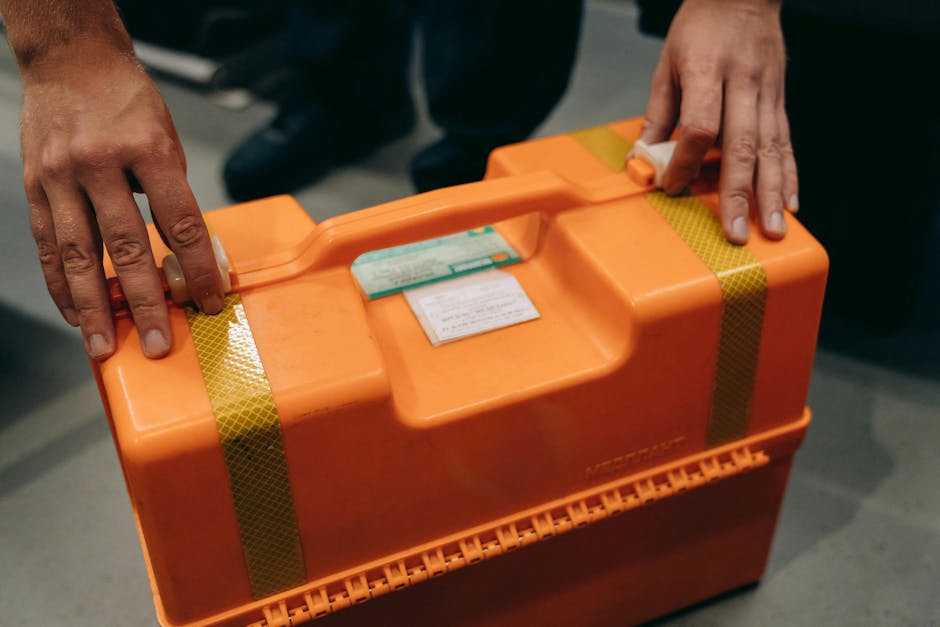
After facing a scraped knee during a trip, I realized how vital these items were!
Remote communication and emergency assistance
In remote locations, communication can be a challenge during emergencies. Always carry a charged mobile phone and consider:
- Portable Power Banks: To ensure devices stay charged.
- Satellite Phones: Ideal for areas with no cell service.
- Local Emergency Numbers: Familiarize yourself beforehand.
Being prepared with these tools ensures you remain safe and connected, no matter how far your adventures take you!
First Aid Training and Resources
Importance of first aid training
First aid training is crucial; it equips individuals with the knowledge and skills to act quickly during emergencies. For instance, during a family gathering, when someone fainted, the training I received allowed me to assess the situation calmly and provide appropriate care. Key benefits of first aid training include:
- Confidence: Knowing how to respond reduces panic.
- Life Savings: Timely intervention can save lives.
- Community Well-Being: Well-trained individuals contribute to a safer environment.
Online resources for on-the-go first aid
In today’s digital age, online resources are invaluable for on-the-go first aid information. Consider:
- Instructional Videos: Platforms like YouTube offer step-by-step guides.
- Apps: First aid apps provide instant access to protocols and emergency contacts.
- Websites: Resources like the Red Cross offer printable guides for quick reference.
Having these tools at your fingertips can be a game-changer when emergencies strike! OSHA first-aid kit requirements.
Conclusion and Final Thoughts
Recap of portable first aid solutions
As we’ve explored, being prepared with portable first aid solutions is essential for anyone who enjoys outdoor activities or travels frequently. From compact first aid kits to child-friendly supplies, these resources are designed to equip individuals to handle minor emergencies with confidence. Remember:
- Compact Kits: Ideal for easy transport.
- Child-Friendly Items: To soothe little ones.
- Travel Essentials: For unexpected situations on the go.
Encouraging preparedness in all situations
Ultimately, preparedness is key. Taking the time to learn first aid and stocking a reliable first aid kit can make a significant difference during emergencies, whether at home or on the road. By fostering a culture of readiness, we can ensure we’re equipped to handle life’s surprises. So, let’s prioritize safety and make sure we’re always prepared!
Q & A Section
| Question | Answer |
|---|---|
| What height should a wall-mounted first aid kit be installed? | OSHA doesn’t specify an exact height; the key is easy accessibility for all employees, so mount it where anyone can reach without stretching or stooping. |
| Does OSHA require first aid kits to be wall mounted? | OSHA mandates that “adequate first-aid supplies shall be readily available,” but leaves mounting vs. portable placement to the employer’s discretion. |
| What supplies come in a typical wall-mounted kit? | Expect bandages, gauze, antibiotic ointment, scissors, tweezers, exam gloves, and more—often customizable to your hazards. |
| Can I customize the contents for my workplace or family? | Yes—many vendors let you swap or add items to meet specific risks or regulatory classes (ANSI Class A or B). |
| How often should a wall-mounted kit be inspected? | Monthly checks keep you compliant and ensure nothing is expired or missing, per safety consultants. |
| Where’s the best spot to mount the kit in a large facility? | Place at least one kit on every floor and at each end of large corridors; signage should clearly mark the location. |
| Are wall-mounted kits suitable for homes, too? | Absolutely—home installations near kitchens or garages keep supplies visible and organized, preventing frantic drawer searches during injuries. |